Today’s essential question: How can I use a color scheme to create unity and/or contrast?
How have the students below created unity through color? How have they created contrast? What ideas do these posters give you for your own project?
Essential Question: What makes an effective propaganda poster?
Learning Objectives (What you will learn by doing this project):
For our next project, we will create a propaganda poster. We will begin by examining posters from World War II, but will spend most of our time looking at modern day propaganda posters. These posters should look familiar. What are some techniques the artists have used to persuade the viewer?
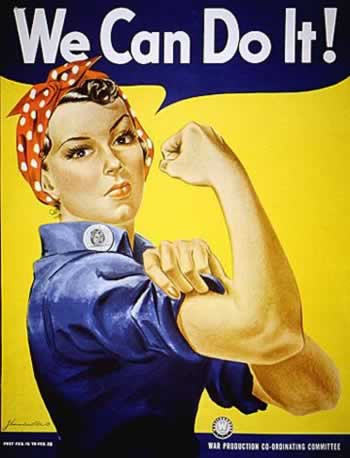
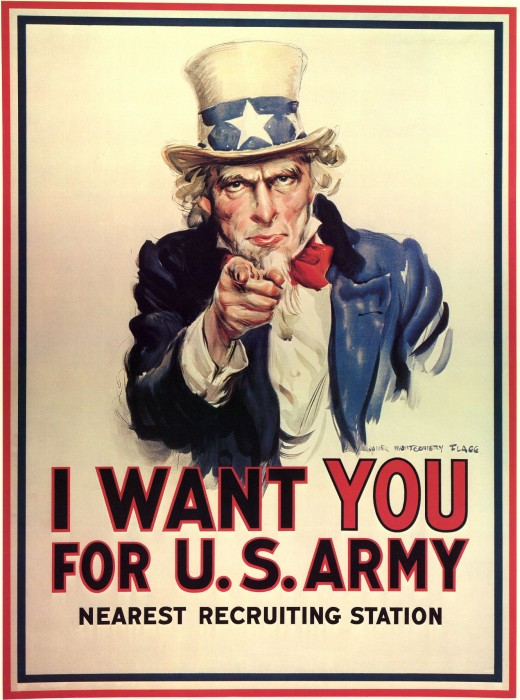
 from artsy.net
from artsy.net
“Expanding on the legacies of artists such as Keith Haring and Andy Warhol, Shepard Fairey’s practice disrupts the distinction between fine and commercial art. A major artist of the street art movement, Fairey rose to prominence in the early 1990s through the dispersion of posters, stickers, and murals, related to his Obey Giant campaign, which yielded an international cultural phenomenon. Fairey’s iconic poster of President Barack Obama was adopted as the official emblem associated with the presidential campaign and encapsulates a number of recurring concerns in the artist’s work, including propaganda, portraiture, and political power.”
You can learn more about Shepard Fairey on his official website.
You will show Ms. Lawson all three, and she will help you pick the strongest one to turn into a full-size poster.
Here are some examples of acceptable thumbnail sketches:
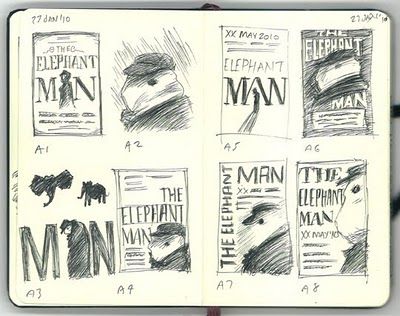
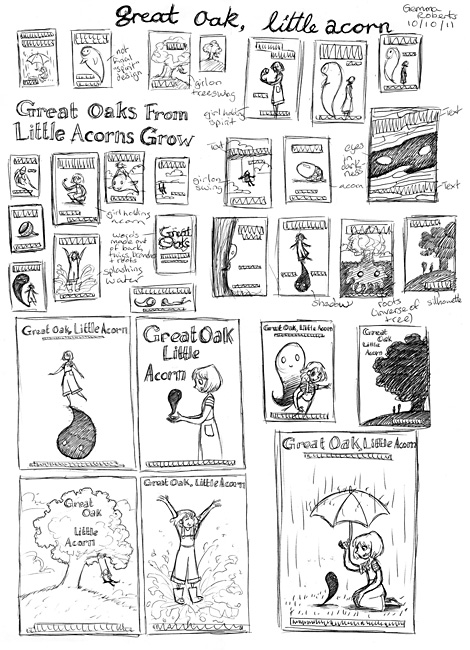
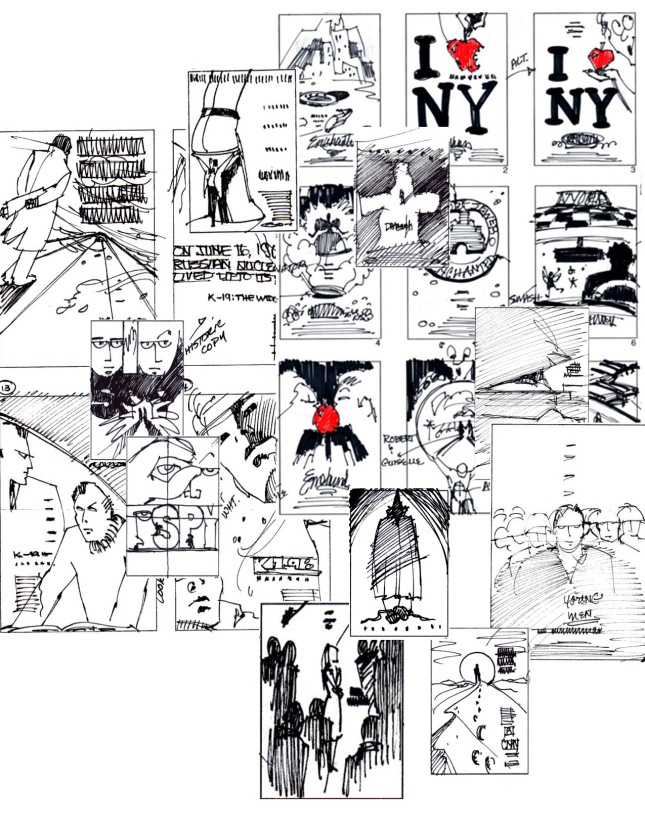
Today we will begin working on our candy still life drawings.
Learning Target (“Why are we doing this project?”): At the completion of this project, I can draw realistically from observation with colored pencil.
Add something to the background to increase the expressive quality of the artwork. The candy must still be photorealistically drawn from reference, and the background environment must go with the existing layout of the candy. Here are some examples: